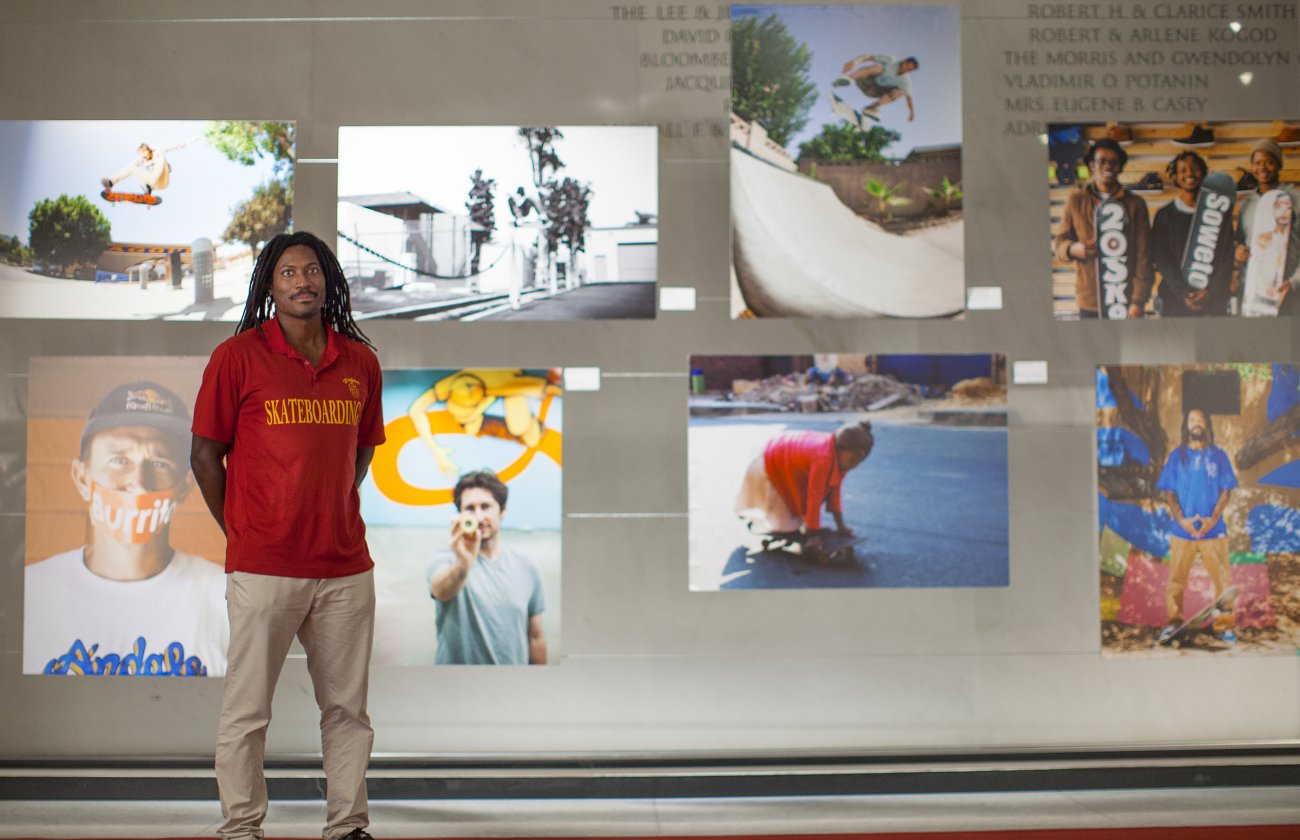By Charisse L’Pree Corsbie-Massay*
Teaching theory in media education is important, but teaching diversity in media is complicated. Despite almost-daily public criticism of content that draws on, and perpetuates, stereotypes and social discrimination, students still ask, “Why do we have to learn this?” Instructors may believe that the material will make our students better people and therefore better media producers. However, other concerns in their early career, like colleague hierarchy and maintaining employment, may inhibit this new generation of media producers from affecting change. What good are diversity classes if students cannot promote awareness in the workplace? To address this, I prompt my students to “Write an Email: If your company/client proposed this idea, how would you talk about it given what you have learned? Why is it problematic or beneficial?” This “email” critically analyzes current content, including, but not limited to, print ads, commercials, television programs, and movies, as well as web videos, tweets and hashtags; students objectively describe the content, identify relevant implications for different groups, and recommend alternatives that promote a culture of inclusivity. Through the act of writing, students practice constructing clear and concise arguments that are grounded in theory, culturally aware, and professional. They understand why content may be inappropriate or offensive and can explain it to others. They suggest strategies that avoid or address potential PR crises. In the workplace, these skills can help future media contributors, creators, and consumers be successful and promote a diverse media environment.
“Write an Email.”
You don’t always have to send it.
*Charisse L’Pree Corsbie-Massay is a Ph.D., Assistant Professor of Communications at the Newhouse School of Public Communications at Syracuse University and from 2006-2012 worked at USC Annenberg as a researcher in Socially Optimized Learning in Virtual Environments (SOLVE).









